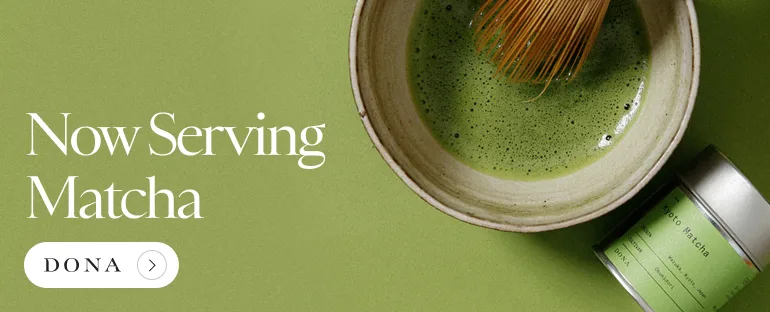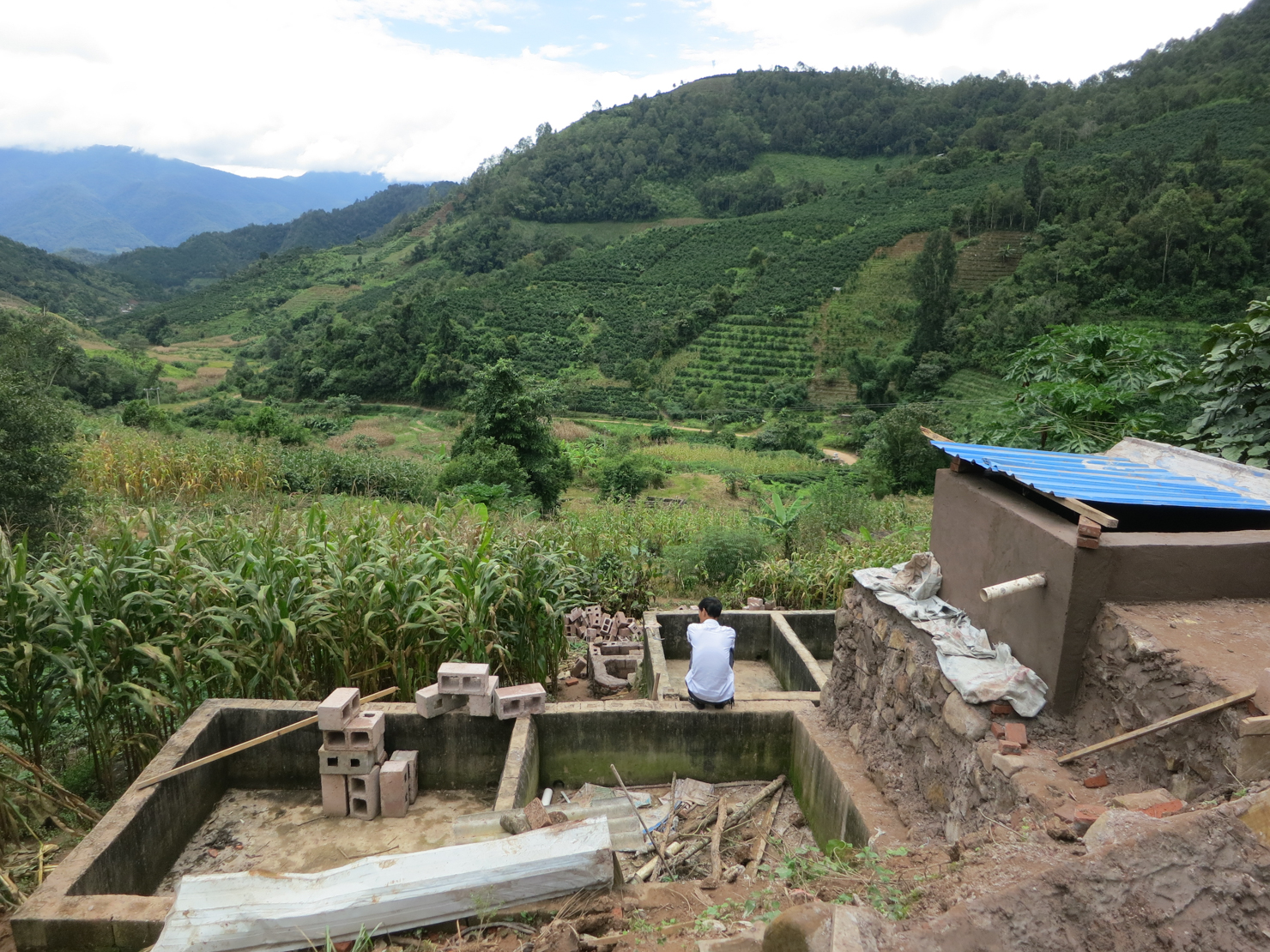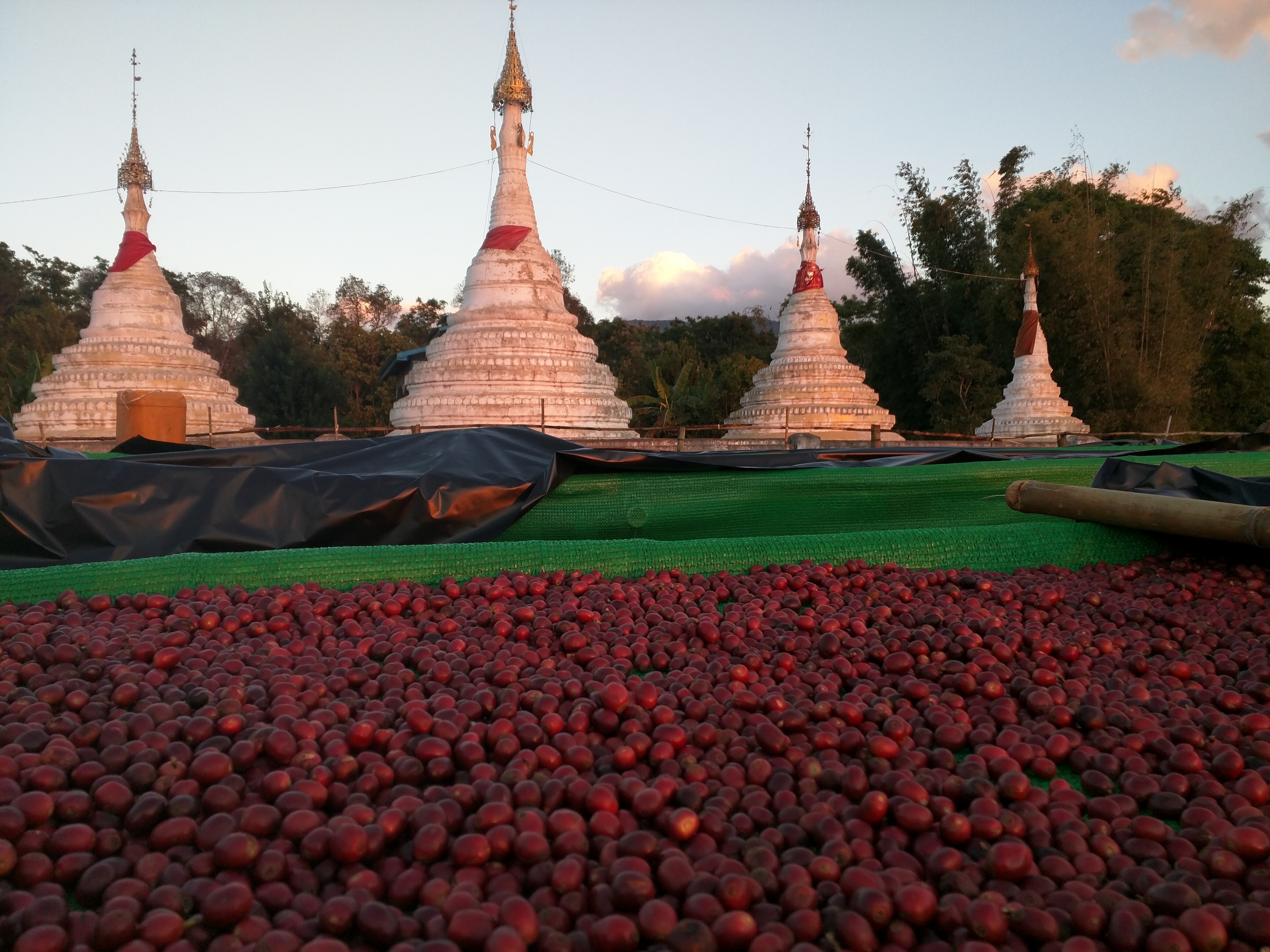Whispers and questioning blog posts are circulating within specialty coffee regarding the results of this year’s Cup of Excellence event in Pasto, Colombia. A score of 94.9 was awarded to Jose Antonio Gualguan’s Finca La Loma coffee, the highest rating in the history of Colombia’s COE program. By all accounts, Finca La Loma is a truly stunning, delicious coffee; a nearly perfect representation of a classic Colombia Caturra.
There’s just one problem: According to official statements and published news articles, La Loma is being classified and promoted as Variedad Castillo.
We’re not palette experts or judging panelists, and it’s nearly impossible to use cupping results alone to determine varietal. We’re a neutral third party, a place where information can be shared anonymously to protect vested interests within the industry (we’re also where you can read about a naked guy getting Tasered at a drive-through coffee stand). With this in mind, we’re reporting to you today that a number of sources have contacted us with information, some of it gleaned directly from La Loma itself, that this year’s Colombia CoE winning coffee is being falsely labeled and promoted as 100% Variedad Castillo. Please read on for our take on why we think this is happening and why it’s a big deal.
What’s In A Name?
For a little bit of background on the origins Variedad Castillo, here’s an excerpt from George Howell’s “The Long Road to Quality Coffee”, from his Terroir website:
The Colombian Federation of Coffee Growers, which represents all Colombian growers, the vast majority of whom are small, has recently announced a plan to dramatically increase Colombia’s coffee production by introducing a new high-production, disease-resistant Arabica-Robusta hybrid coffee with, hopefully, improved quality over previous efforts. This would catapult Colombia to being, potentially, the undisputed number two volume seller of coffee in the world by 2015. Farmers are being encouraged to pull out their old plants in favor of this one, a considerable investment for people who have little to start with. My concern—and that of my associates in the specialty field—is that though Colombia may well increase production, small farmers and their environments will not necessarily be better off because of it, nor will the growing number of quality consumers be thrilled with the results.
To simplify things just a bit, here’s an easy summation: Castillo varietal offers higher yields and is far more resistant to coffee rust than, say, Caturra or Typica, but the drop-off in cup quality between Castillo and these other varietals is generally considered significant. Union Roasted notes that “while new cultivars such as Castillo, which are hybrids derived from Catimor, are supposedly more resistant, we have routinely found when cupping, the flavor profiles are nowhere near as good as the traditional Caturra, Typica and Bourbon varietals”. Castillo is a great option for increasing yields and resisting pests, but doesn’t offer the same kind of knock-your-socks-off tasting experience associated with a choice Caturra. A Castillo varietal winning CoE 2010 is something of an unlikely proposition, much less with an all-time high score of 94.5.
Transparently Opaque
A concerted effort has been underway for over a year in Colombia, spearheaded by the Federacion Nacional de Cafeteros de Colombia, to promote a transition from heirloom varietals to Variedad Castillo. As George Howell notes above, the goal is to greatly increase Colombia’s national yield of coffee each year; Reuters Colombia reports “Colombian coffee output will climb to 14 million to 15 million 60-kg bags in five years with more productive crops”, nearly doubling the 7.9 million bag harvest in 2009, which was the worst in more than 30 years. Castillo offers the best way for this to happen; it’s a genetically engineered super varietal that yields a lot of fruit and resists coffee rust, perfectly suited to one of the most challenging growing climates in the world (among other challenges, Colombia has no dry season, which makes its coffee crops especially prone to disease).
High yields do not necessarily make for clean cups, and multiple sources we spoke to felt that it would be something of a miracle for any 100% Castillo coffee to outright win Colombia CoE. But that’s precisely the sort of miracle being propagated by the FNC. At a recent event at their offices in Amsterdam, Finca La Loma was touted to the audience as being “100% Castillo”, despite some objections from those in attendance who had conflicting information from La Loma itself. La Loma Castillo is also being aggressively promoted as the CoE auction winner within Colombia itself, and this piece from Semana, a weekly magazine and web publication based in Bogota, is just one example (with translation via Google):
“The coffee José Antonio Gualguan, municipality of Buesaco (Nariño), was the winner in the Cup of Excellence Colombia 2010, international competition to promote the Alliance for Coffee Excellence and the National Federation of Coffee Growers. With a variety Castillo coffee produced on his farm of two hectares, Gualguan received a score of 94.92 points out of 100, the highest in the history of the event. “Almost perfect,” said Susie Spindler, director of The Alliance for Coffee Excellence. This is a recognition for the variety of Colombian beans and dedication of small producers.”
From the Source
Sprudge.com was approached for this story by sources with extensive experience at origin in Colombia. Upon the condition of anonymity, we were told that the proprietor of Finca La Loma, Jose Antonio Gualguan, submitted for review at CoE a coffee comprised of 100% Caturra beans. This directly contradicts statements made by the FNC following La Loma’s historic win. Mr. Gualguan’s coffee was cupped blind, no information as to varietal was provided to CoE panelists by the FNC, and “confirmation” of La Loma’s varietal was not revealed until after the judging event.
Immediately following CoE Colombia 2010, leaders from the CoE/Alliance for Coffee Excellence and the FNC made speeches congratulating Mr. Gualguan and claiming that this year’s event was a victory for the Castillo program in Colombia. Quotes from these speeches, identifying La Loma as a Castillo coffee, have circulated widely within Colombia. It’s a huge story for the Colombian coffee industry. From Portafolio, a Bogota-based business journal:
“We are very pleased with the evolution of Colombian coffee and the work of our farmers and scientists looking to get every day a better quality product,” said Luis Genaro Muñoz, Director General of the Federation of Coffee Growers.”The fact that the winning coffee comes from a farm that is in a large proportion sown to the last variety released by Cenicafé Castillo variety” shows that our work is serious and consistent and helps further differentiate the Colombian coffee.”
Statements such as these and others, including ones made by the FNC at their offices in Amsterdam, are heavily called into question based on the insider information we’ve received regarding Finca La Loma. Multiple sources have indicated Mr. Gualguan’s La Loma farm is extremely unlikely to have submitted an 100% Castillo product to this year’s Cup of Excellence.
The Implications
A Variedad Castillo varietal coffee winning the Colombia CoE is a huge boon for the FNC, bolstering momentum for what Reuters calls their “renovation program to replace aging trees with new, more productive ones”. Sources indicate to us that the reaction within the Colombian coffee community has been swift; a number of our contacts reported Castillo being a huge topic of conversation at fincas throughout Colombia’s growing regions. Financial incentives, free crops, higher yields, and record-breaking judging scores: why wouldn’t every farmer in Colombia shuck his or her Caturra, Typica or Bourbon plants for Variedad Castillo?
If every farmer in Colombia believes that they, too, can win the CoE with Castillo trees, a very slippery slope indeed could be underway in Colombia. If the FNC gets to 15 million bags a year by convincing farmers to do away with Caturra and other heirloom varietals under false pretenses, many farmers will lose the opportunity to produce spectacular products and garner higher and higher prices at auction.
If quality goes down in the name of yield, everyone loses. A final word from the official FNC website:
“Modern consumers are demanding. They want to have the necessary guarantees not only on the quality of the products they buy, but on their authenticity. For them it is not enough that the information contained in the label concerning the origin of the product as a mere reference, but that such information should also be genuine and confers valuable and interesting product information. Origin should no longer be the result of a creative process of a marketing department.“
(A note on sources: requests for anonymity have been respected throughout this article, due to sensitivities involved with traveling and conducting business within Colombia. The excerpts from George Howell and Union Roasted were taken from web materials, and do not represent direct contributions from the authors. Inquiries were made directly to the FNC and Cup of Excellence regarding Castillo at La Loma, and sadly, these inquiries were met with no reply. We welcome feedback and input from members of these organizations and our readers.)
Further reading:
Reuters: Colombia Coffee Output Rising To 14-15 Million Bags

















